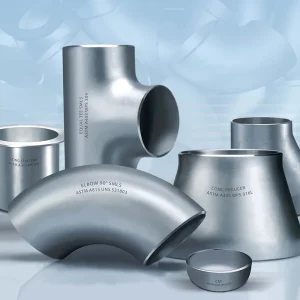Industrial valves or “valves” are equipment used to stop, start and regulate flow in piping systems. The most important functions of valves include opening and closing the flow path (like a switch), increasing and decreasing the flow rate (regulating the flow rate), adjusting pressure, adjusting temperature, separating one part of the system from other parts (isolation), protecting the system. In critical situations, he pointed to turning the path one-way and reversing the direction of the flow.
The classification of valve types is based on various criteria such as valve performance in the system, blocking element movement mechanism, actuator energy source, connections and blocking element type. According to these criteria, the types of valves are:
- Types of valves based on the movement mechanism of the flow blocking element
- Linear valve
- with the rotary operator
- with the axial operator
- Rotary valve
- With a quarter turn or 90 degrees
- With more or less rotation of 90 degrees
- Types of valves based on performance in the system
- Isolation valve or isolation valve
- Control valve or regulating valve
- Safety valve or safety valve
- No return milk
- Valve with special function
- Types of valves based on the type of connections
- Threaded valve or screw valve
- Flanged valve
- boiled milk
- A silent lion was born
- Wafer milk and log milk
- Types of valves based on the mechanism of the operator
- hand valve
- The valve has a power supply
- automatic valve
- Types of valves based on the type of blocking element
- sliding valve
- ball valve
- plug valve
- piston valve
- diaphragm valve
- Butterfly valve
- throat milk
- Spherical milk
- needle valve
- Pressure relief valve
- One-way valve










